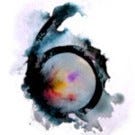The note you're looking for was deleted
You have 2 free member-only stories left this month.
roadkilllandfillgoodwillmother
Darren Neave

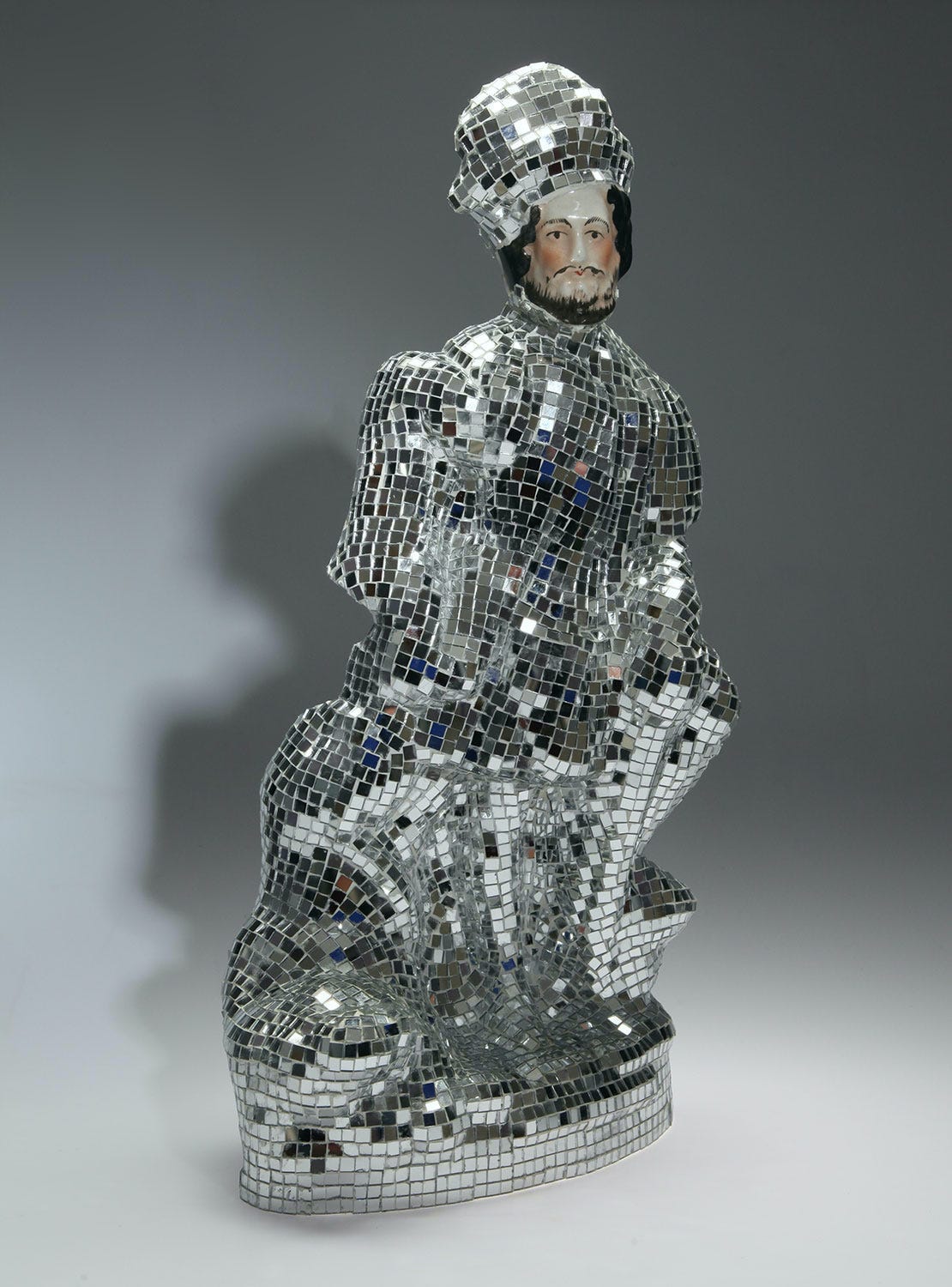
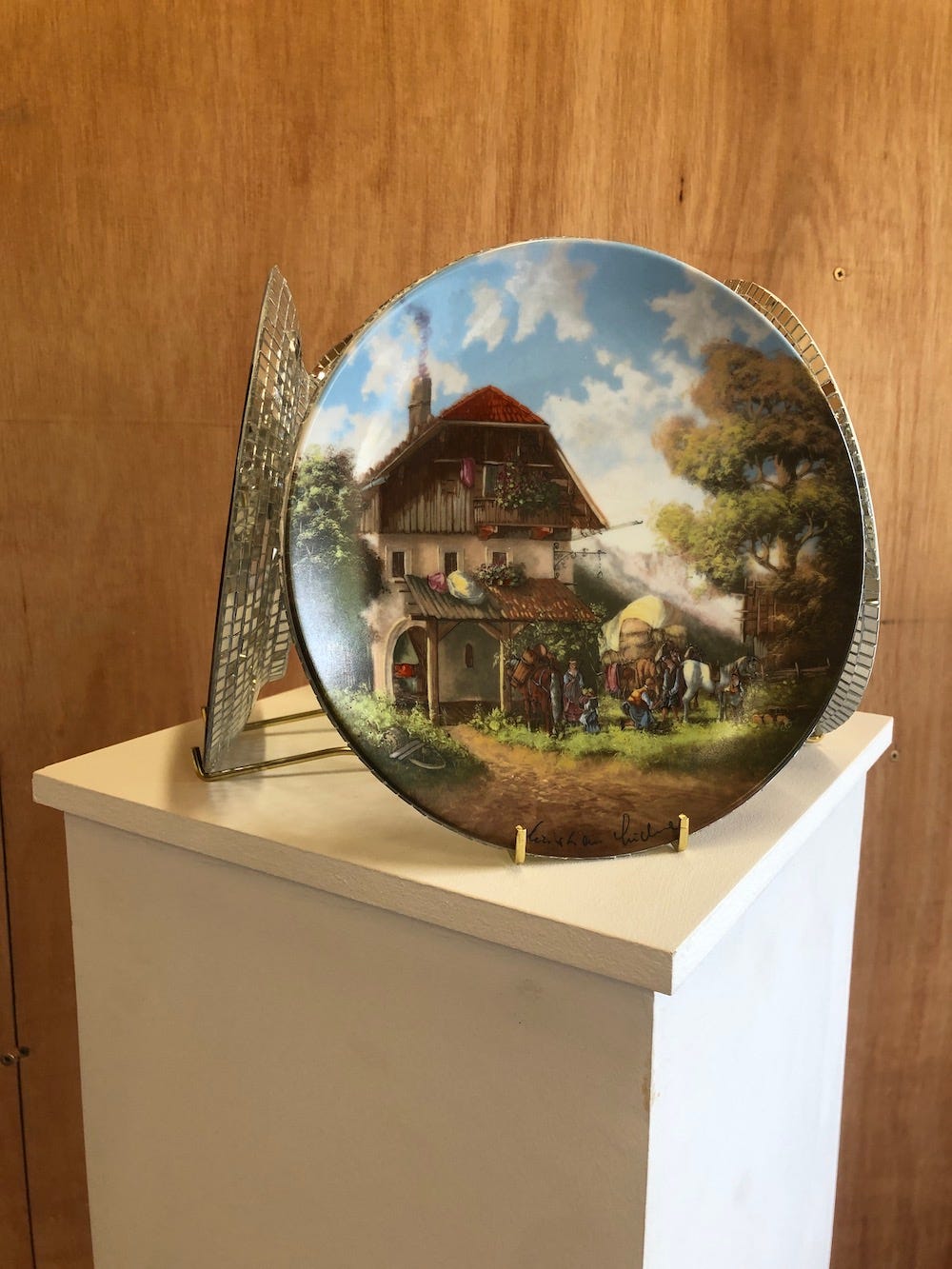
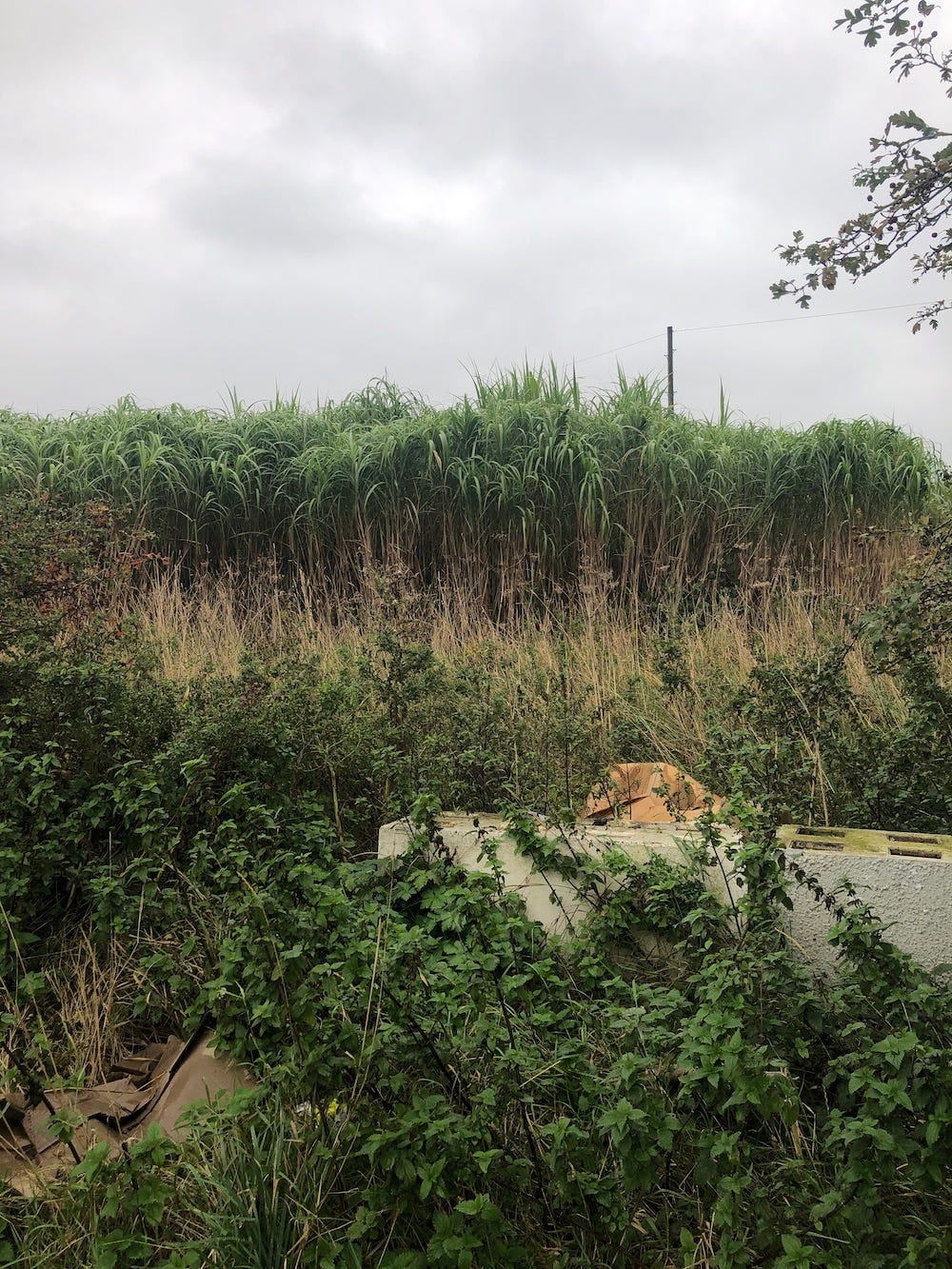
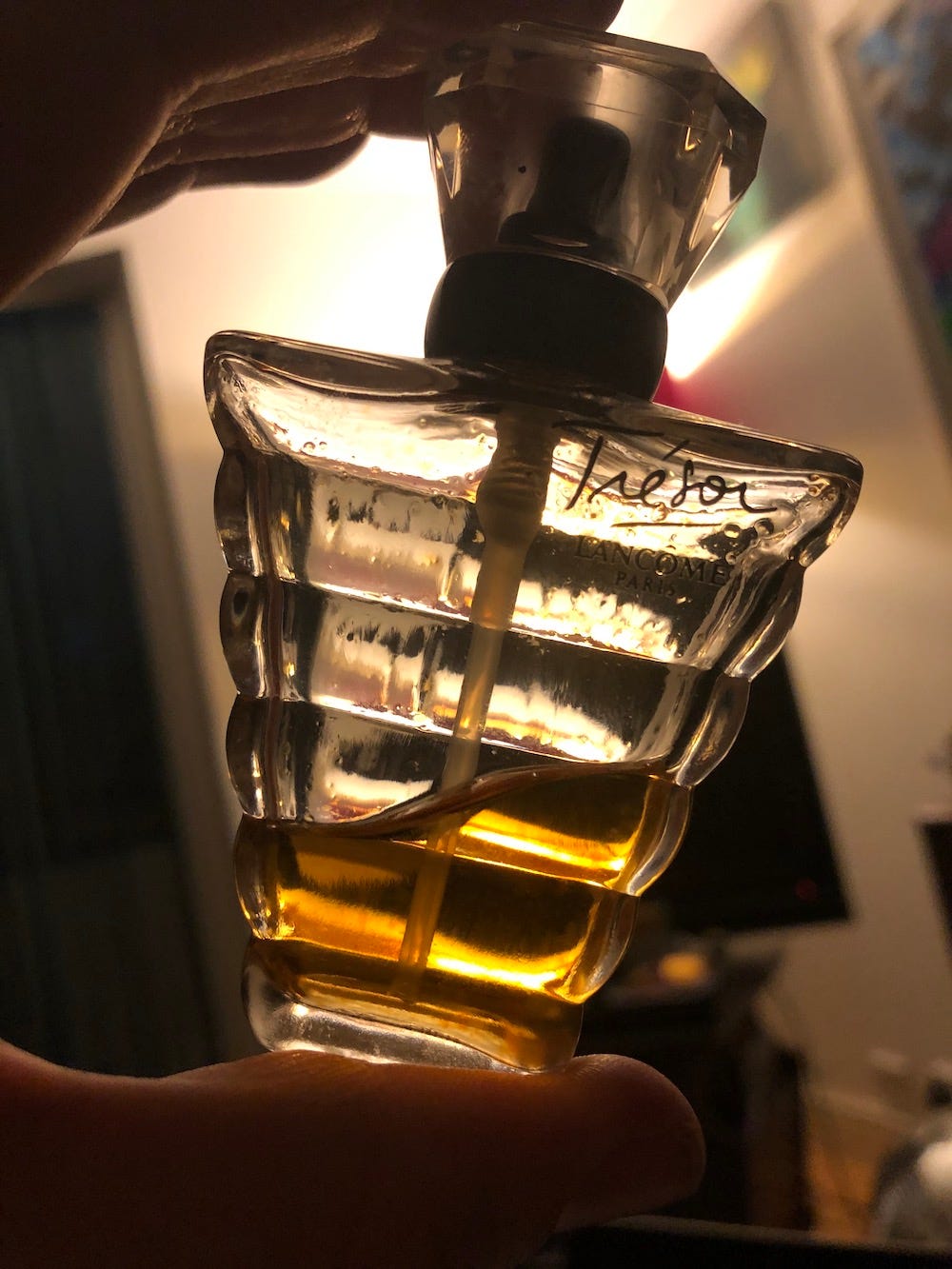
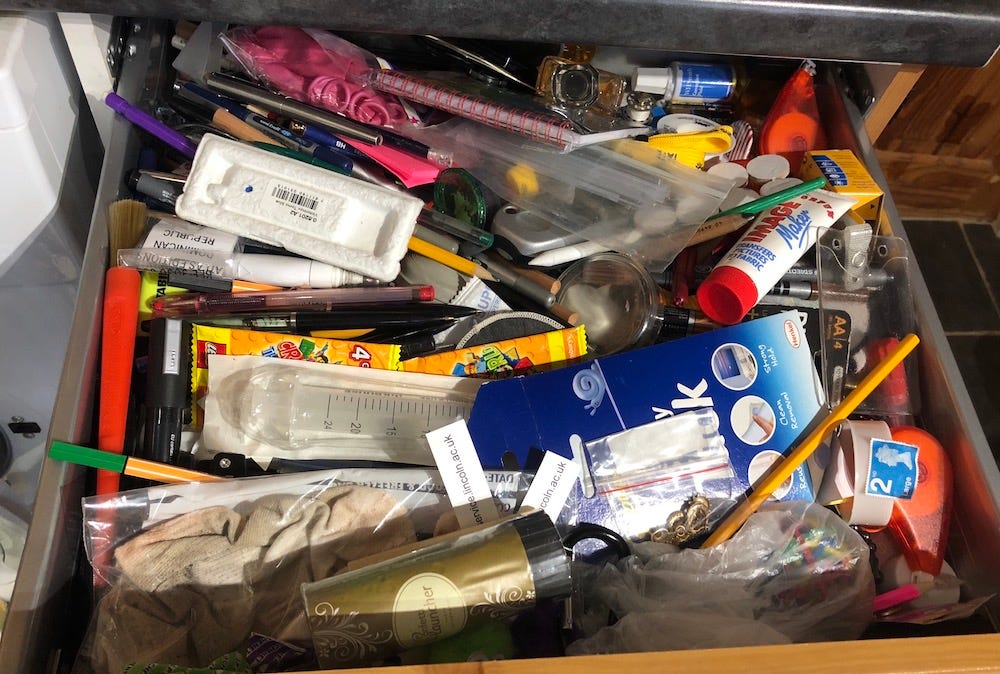
Darren Neave on ‘roadkilllandfillgoodwillmother’
I am an artist residing on the edge of rural Lincolnshire, this liminality provides me with a different take on a relationship with the immediate habitat and the earthy surroundings beyond. I travel between the capital and the countryside; the abruption is echoed in my practice. I often get lost, distracted, lose track, meander and dawdle dog-leggedly throughout the day.
The local environment is shaped by food and fuel production, agricultural techniques, private estates and small communities clinging on to make ends meet. Miscanthus and maize sit adjacent to fields of wheat and rapeseed. The panorama feels cinematic at times, the clear skies and mostly flat perspectives are fringed with enticing woodlands, dirt tracks, bridle ways and blackbird-nesting brambly hedgerows. Mammalian desire-lines visible through edge land grasses and secluded woody copses.
This idyll is not all what it seems, it is punctured with plastic bags of dog shit, brightly coloured crisp packets and cans, the verges accented with car crash detritus and half-filled bottles of truckers’ piss, hurtled from their passenger side windows.
As darkness conceals misadventure and calculated disposal, daylight reveals a dirty, flat-tyred caravan abandoned in a lay-by. Fly-tippers sneak down country lanes to cast out bin bags and hurl broken white goods into ditches. Ruinous pink plastic castles and unicorns hobbled by smashed bathroom tiles pile up in the scrubby overgrowth. Wet brownish stained, pummelled mattresses lurk weighed down with rubble.
Cars and breaking speed-limits are status symbols, ornamented with personalised number plates, they promptly stun furry forest friends on potholed roads.
Supine bloodied badgers’ distinctive white stripes now laid to rest on white lined tarmac, battered from SUV bumpers. Drivers curse, eager for overturns on meline massacres and avoid insurance increases and permissible auto-cull. Fluffy feathers fall from haulage trucks as another avian massacre thuds into the mud. Conspicuous carrion picked at by hopping, greedy crows and magpies. Beaks tear at freshly flattened, matted flesh, irritated by constant traffic.
The ubiquitous dumping of rubbish and roadkill is a stain on the county and it seems to be getting more noticeable, perhaps I am becoming more conscious? The beauty combined with the bestial dispositions are scarring. These oscillations found within the countryside often make me reflect on
the ways in which I make work, how my practice should take shape and the mindfulness it should exude, I am becoming more responsible, more respectful.
I never thought I would discover these aspects when I moved back north: two sudden parental deaths, years apart, had taken its toll and I wanted to seek comfort in the family nest of space and belongings and the familiar sensuality of touch, smell and sight of these altogether: the messiness, the misplaced, the anomalous adjacencies in my late father’s home, now all part of my inheritance and my conscience.
I found my mother stuffed at the back of a drawer, rammed to the brim with oxidising old keys, rusted up pairs of serrated scissors, various sizes of leaking button batteries, shortened unsharpened pencils with dirty erasers, chewed pens crammed into warped lidless Tupperware, unstamped stamps, carefully peeled from manila envelopes, the tiniest of Swiss Army knives, an array of postcards, mostly from myself, posted to my father from various busman’s holidays from around Europe.
There was broken golden jewellery, packaged old Polish candles, small torches with blinking bulbs, bags of coins, varying lengths of cable ties, an array of plastic combs and other personal grooming kits and photo-portrait key-fobs. Uncollected collectable trading cards and a ball of rubber bands and flattened blu-tac, squashed back into its cardboard envelope. This drawer allowed for careful rummaging, a resting place for everything useful and used, everything that made life a little better, a mortuary for the miscellaneous and the uncategorised.
Alongside this knick knackery, mum resided, in the dark, forgotten depths of the extended kitchen drawer, right at the rear, pinned flat against the plastic-coated chipboard.
I took her in my hand and looked through her glassy, trapezoidal and curvy ridged body, a quarter-filled, horizon defining deep amber fluid inside. The cap, a plastic jewelled bobble mimicking the body of the bottle, pops open to reveal the gold head of a vaporiser button. This does not need to be pressed, the contents can be accessed quite easily when brought closer to my nose. A gentle sniff resurrects the woman who died suddenly from an aneurism aged 50. The smell sparks recollections of early Saturday evenings waiting for my parents to transform into smart shiny clothes and shoes. Showered and perfumed, wafting through the pokey cold cottage we all existed in. You bet! blares from the small television in the front room. One swift inhalation and the small flowery flaçon was laid back to rest in her dark cluttered crypt.
My inability to rid myself of this disorder has always caused turmoil, the need to dispose of it all initiates a fear and an anxiety. I try to harness the disarray into a productive element in my practice, to order and to arrange, to expose the intensity.
With anthropogenic objects now outweighing all life on earth, what responsibilities do we need to take — as artists, as makers? Objects already exist — there are objects that seem to not exist — forgotten, unloved, unwanted and junk. Objects that circulate car boot sales and thrift shops, items that pervade landfill. The laying to rest of objects should not happen in rest-stops or drawers.
Can these be re-purposed, re-shaped and re-presented? Can bricolage, attachment and adaption be employed? Embellishment and amelioration bringing in a sensorial aspect, unearth the emotional attachments conjoined with these belongings and inherited, collected ceramic chattels?
There is a queer undercurrent too. A yearning to slowly smother these objects with mischief, questioning my parents’ choice in their acquisition and the need to display them in their rented abode. A fated twist to avoid worthlessness after the Sunday night broad-casted promises of forgotten attics bursting with antiquities. Misconceptions spread far and wide, I knew that our loft was empty apart from boxes and certifications. Readers were being sold the same dreams through back page adverts. An industry with an index built on empty idyllic dreams.
I was complicit for many years in the projection of fantasies and desires, I was employed as a window dresser and a visual merchandiser in some of the largest and most well-known names in British retail. This creative yet somehow subordinate role, complicit with consumerist and capitalist structures makes me often feel disgusted at my ‘skills’ as someone conniving in this system. The language of display is succinct, lustful, it is there to constantly beckon and thrill, all of which fuel my work.
Darren Neave

